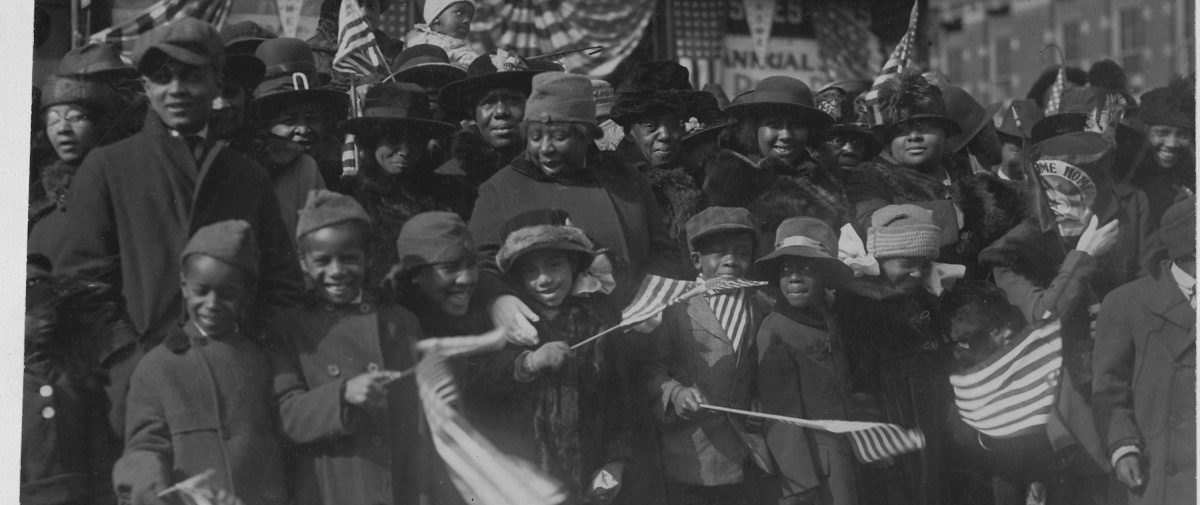(CLICK LINK ABOVE TO DOWNLOAD FILE OF THE FOLLOWING INFORMATION)
MIDTERM ESSAY: HISTORICAL ANALYSIS OF CONTEMPORARY PROBLEMS
ASSIGNMENT DESCRIPTION:
· WRITE A FIVE-PAGE, DOUBLE-SPACED ESSAY USING APA CITATION STYLE.
· PLEASE ANSWER THE ESSAY PROMPT QUESTION:
HOW CAN WE USE PAST STRUGGLES FOR SOCIAL JUSTICE TO ADDRESS OR SOLVE A CONTEMPORARY PROBLEM OR CHALLLENGE?
(NOTE: IF YOU WOULD LIKE TO ANSWER A DIFFERENT QUESTION, DISCUSS YOUR QUESTION WITH ME BEFORE WRITING THE PAPER. I AM LIKELY TO APPROVE.)
ASSIGNMENT ELEMENTS:
(SEE “USEFUL LIBRARY LINKS” IN OPENLAB TO ACCESS ARTICLES. WE WILL, ALSO, DISCUSS DURING CLASS)
· IN THIS ESSAY YOU WILL PRESENT AN ANALYSIS OF A MINIMUM OF THREE ELEMENTS
1. ELEMENT #1 MUST BE FROM COURSE READINGS. YOU MAY WANT TO USE A CHAPTER FROM:
Coombs, Norman. (1993/2008). Chapters 5-7. The Black Experience in America. Urbana, Illinois: Project Gutenberg.
2. ELEMENT #2 MUST BE
a. AN ANALYSIS OF AN ACADEMIC OR SOCIAL POLICY ARTICLE ABOUT A PARTICULAR PROBLEM
3. ELEMENT #3 MUST BE
EITHER
a. ANOTHER READING FROM THE COURSE
OR:
b. AN ANALYSIS OF A SECOND ACADEMIC OR SOCIAL POLICY ARTICLE ABOUT A PARTICULAR PROBLEM
ESSAY STRUCTURE:
· UNLESS YOU WOULD LIKE TO DISCUSS AN ALTERNATE STRUCTURE, PLEASE USE THE FOLLOWING THREE PART ESSAY STRUCTURE
One way to approach this structure is as follows. More details are on the following page.
- INTRODUCTION (1-2 Paragraphs) (INCLUDE A THESIS)
- BODY( 3-4 Paragraphs) (INCLUDE THREE QUOTATIONS, ONE PER TEXT)
- CONCLUSION (1-2 Paragraphs) (INCLUDE A SUMMARY OF THE ESSAY AND POSSIBILITIES FOR FUTURE RESEARCH OR ANALYSIS)
STRUCTURE GUIDELINES:
Each essay must do the following in prose/essay format:
(IN THE INTRODUCTION)
1. Present an original thesis statement created by the student that answers the Essay Prompt Question
HOW CAN WE USE PAST STRUGGLES FOR SOCIAL JUSTICE TO ADDRESS OR SOLVE A CONTEMPORARY PROBLEM OR CHALLLENGE?
· Remember a thesis is your intellectual position on the topic. Your essay MUST be organized around a clearly-stated, well-argued, and thoroughly supported thesis.
· A thesis is: a Clearly-stated, Convincing, Contestable Claim that Articulates, Anchors, and Advances your Argument (CCCCAAAA). Your thesis should be original, provocative, and fascinating to you (and hopefully to others).
· Please remember that a complete thesis has BOTH a claim and an explanation for why the claim is true.
(IN THE INTRODUCTION OR BODY PARAGRAPHS)
2. Present (through paraphrasing or quotation) the thesis of each text.
3. Synthesize (provide an overview of the content within) each assigned text.
(IN THE BODY PARAGRAPHS)
4. Analyze each text by a) providing a critical discussion of two or three key elements of the text and b) presenting the student’s intellectual interpretation of the text, which must be supported by evidence from the text.
5. Present at least one concrete example, including AT LEAST ONE DIRECT QUOTATION from each text. This example should be used to support or deepen your analysis. You must present at least one direct quotation from each assigned text.
(IN THE CONLCUSION)
- Summarize your argument and analysis.
(Note: I welcome your personal responses to the texts. However – and this is important – a personal or moral opinion of the text IS NOT A SUBSTITUTE for your analysis in any document that you submit to me. (If you do not understand the difference between opinion and analysis, please see me during office hours.)
For the Body paragraph, consider using the following structure.
(Especially in Short Essays):
S.E.E.S.(Statement. Evidence. Explanation. Significance.) is an acronym that you may use as a reminder to always incorporate the first three key elements, below, into every paragraph and/or Supporting Point that you write in the body of your essay.
1) Statement: This is a topic sentence that states a main point or central claim. This is often a statement that presents one of your supporting points and is directly related to your essay’s thesis and argument.
2) Evidence: This is Evidence or Data that supports this claim. If you do not have original data or the essay does not require original data, you may wish to use a quotation or reference from one of your texts as evidence. (If you are writing using a non-fiction text, you may want to quote the thesis of the text as your evidence.) Avoid excessive quotations by paraphrasing when necessary, but use at least one quotation per text.
3) Explanation: This is an Explanation or Analysis of your Evidence (item 2) that interprets the evidence and explains how your evidence supports your claim (item 1). This portion of the paragraph frequently requires several sentences as it may be used to both interpret the evidence you just presented and to link your interpretation of that evidence to the larger argument that was introduced in the thesis of your essay. This is the part of the paragraph in which you may compare or critique different aspects of your evidence. Remember the term analysis refers to the “separation of a whole into its component parts.”
4) Significance. Explain WHY the Supporting Point is significant by explaining HOW the Supporting Point proves the Thesis.



